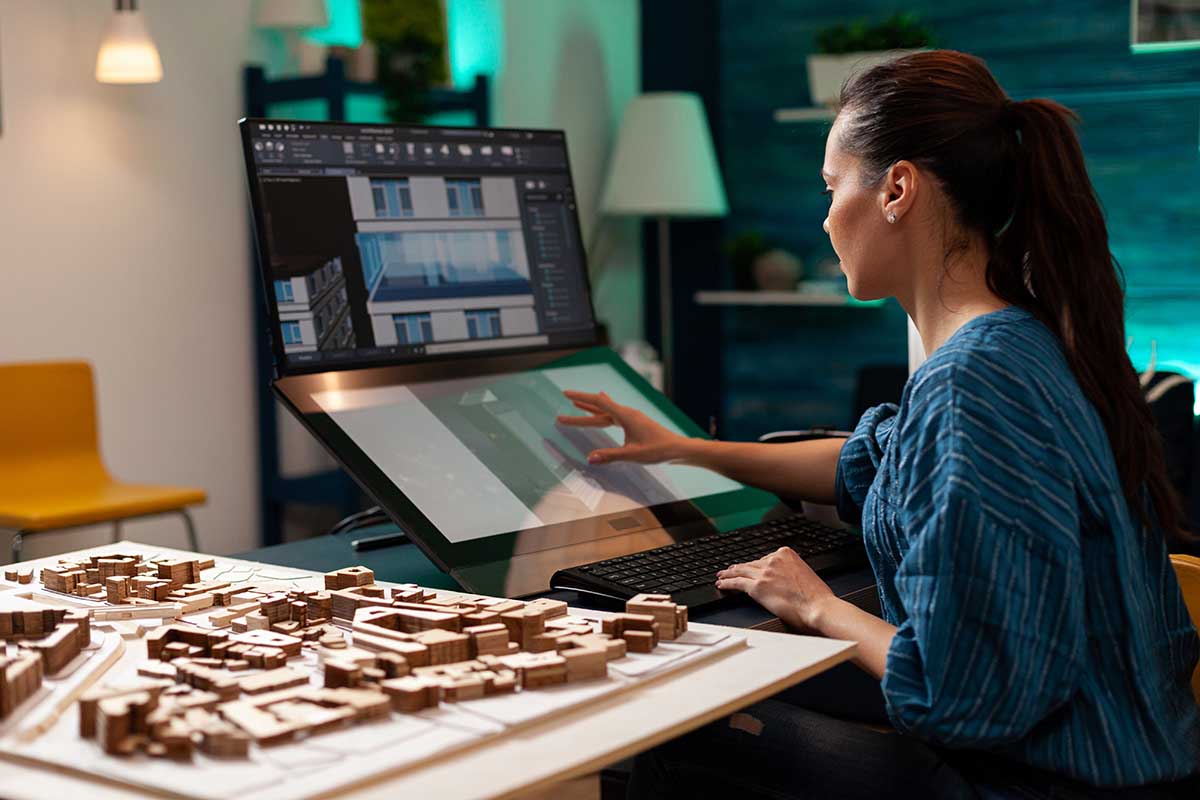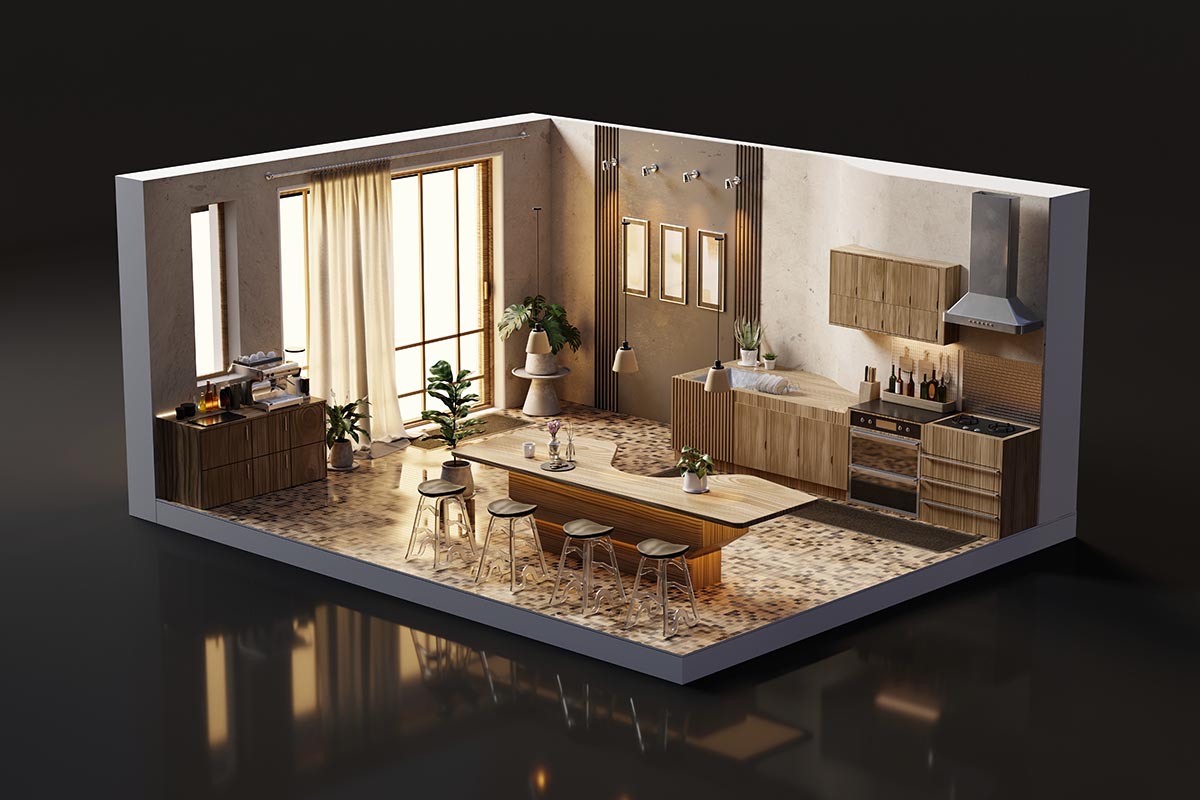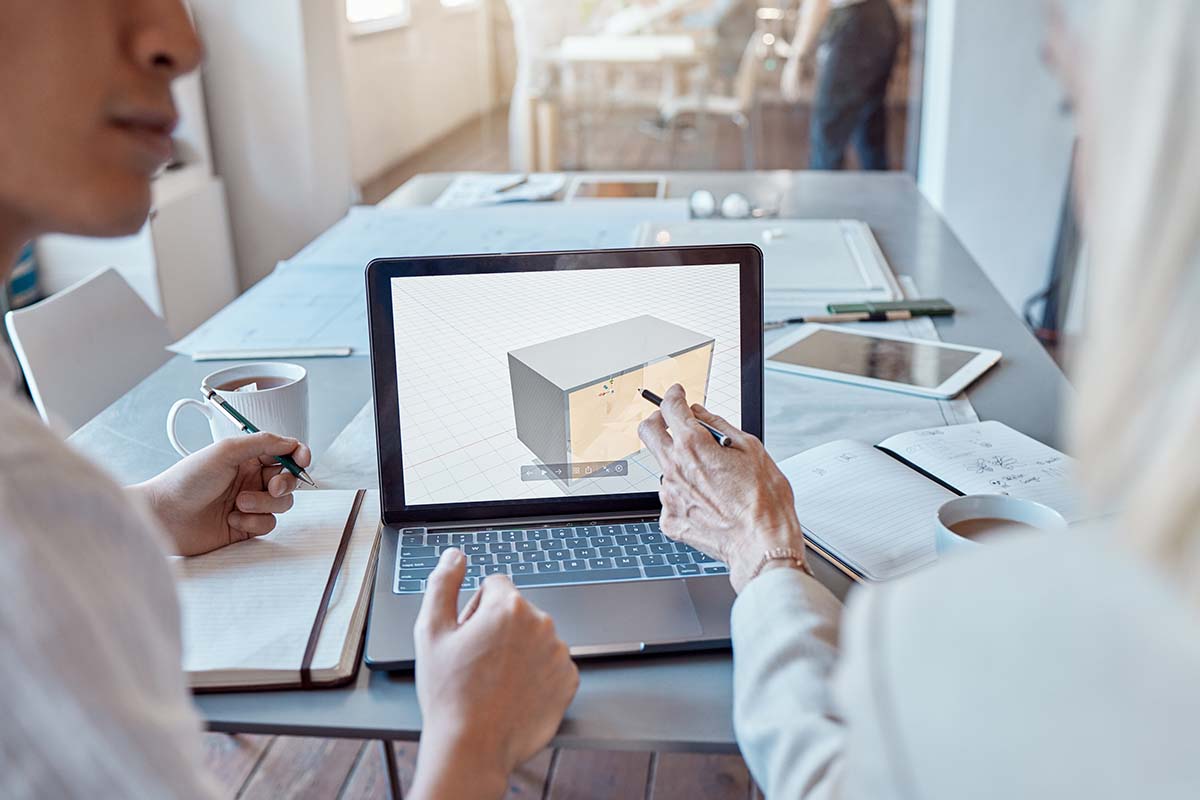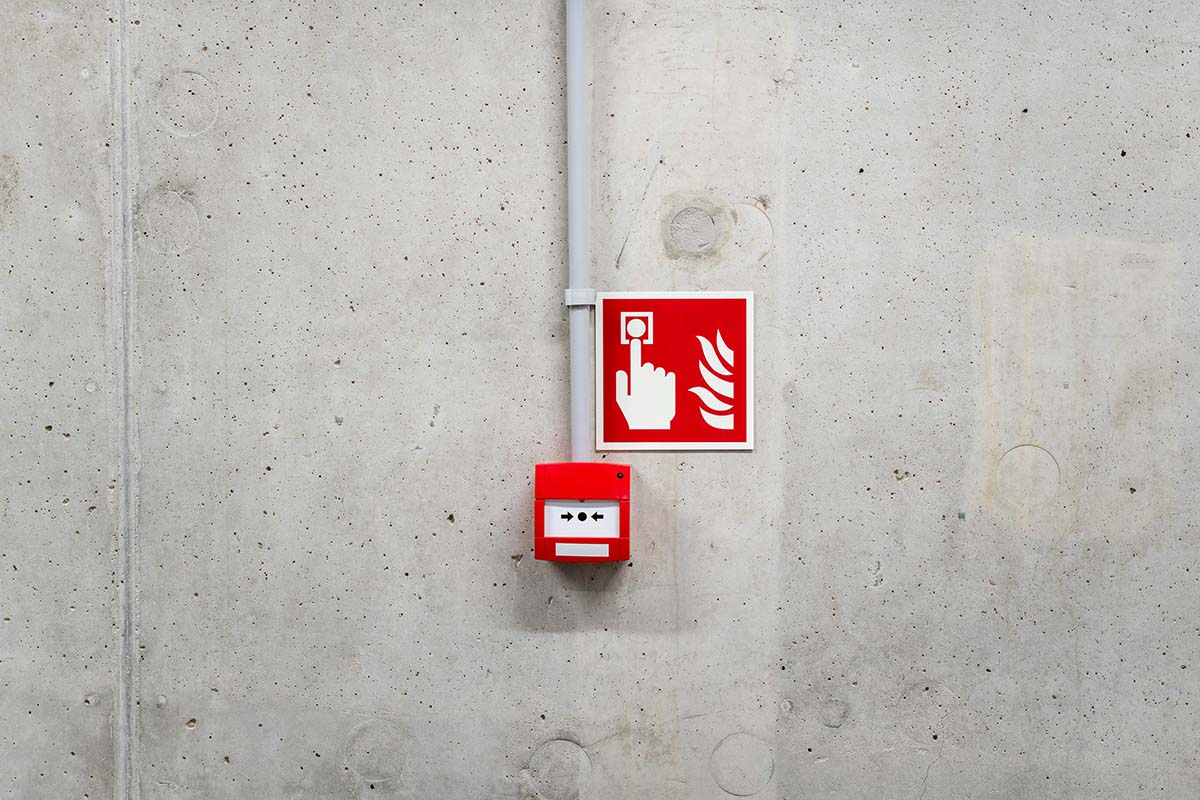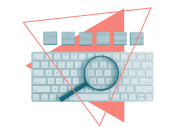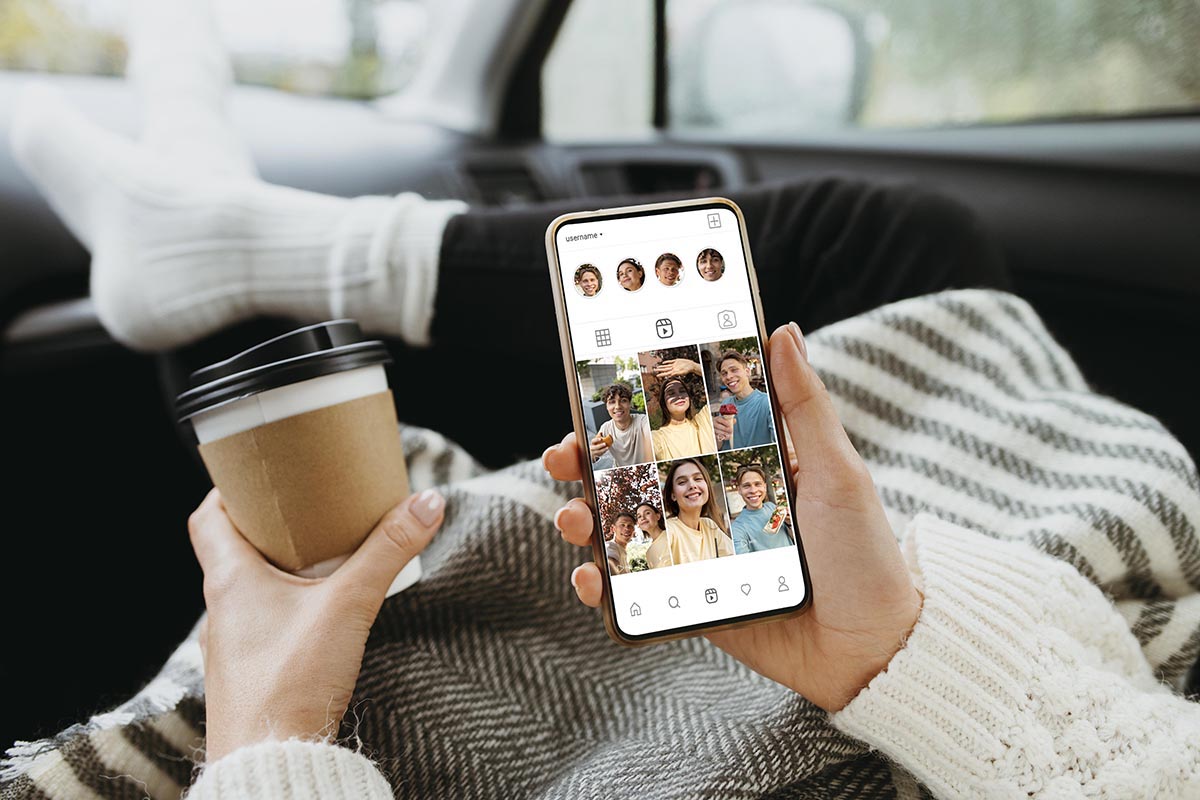When Imagination Isn’t Enough
✨ Key Points
Turns Imagination Into Reality – 3D rendering eliminates guesswork, helping clients see exactly how a space will look before any work begins.
Saves Time and Money – Realistic visualizations reduce revisions, prevent costly mistakes, and keep projects within budget and timeline.
Builds Confidence and Connection – Clients feel secure in their design decisions, accelerating approvals and fostering emotional engagement with the final space.
Close your eyes and picture a room. Got it? Now describe that room to someone else.
They’re picturing something completely different, aren’t they?
That’s the fundamental problem with interior design communication.
What exists in your head stays trapped there, distorted through the lens of language and subjective interpretation.
Until it gets rendered.
Eliminating the Guesswork
Traditional interior design involved educated guessing.
Will this sofa overwhelm the space? Will that wallpaper clash with the flooring? Will the lighting create the right mood?
Designers made recommendations based on experience. Clients trusted those recommendations. Sometimes it worked perfectly. Sometimes… not so much.
3D rendering removes uncertainty from the equation. You don’t guess how it might look. You see how it will look. Period.
When working with professional more info, you’re investing in certainty.
That investment pays dividends immediately – fewer mistakes, faster decisions, happier clients.
✨The numbers back this up. Studies from design firms indicate that rendering reduces project timelines by an average of 30% by eliminating revision cycles caused by miscommunication.
Time saved equals money saved equals competitive advantage.
Client Confidence That Actually Matters
Here’s what nobody talks about: most clients feel anxious about design decisions.
They’re spending serious money on choices they can’t fully visualize. That anxiety leads to hesitation, second-guessing, and often regrettable compromises.
Rendering transforms anxiety into confidence.
Clients see exactly what they’re approving. They understand spatial relationships. They grasp color interactions. They feel certain about decisions.
Confident clients are:
- Decisive rather than hesitant;
- Trusting rather than skeptical;
- Excited rather than nervous;
- Satisfied rather than disappointed.
That confidence creates better working relationships and smoother project execution.
It also generates enthusiastic referrals rather than tentative endorsements.
Testing Ideas Without Consequences
Want to try bold wallpaper in the dining room? Considering an unconventional furniture layout? Thinking about that statement lighting fixture?
In traditional design, testing means committing. Buy it, install it, hope it works. If it doesn’t? Expensive mistake.
Rendering lets you test fearlessly. Try the bold wallpaper virtually.
See if it works. If not, try something else. No financial penalty for exploration.
This freedom enables:
- More creative solutions;
- Personalized design that reflects client personality;
- Unexpected combinations that actually work;
- Risk-taking without actual risk;
- Design evolution through rapid iteration.
As designer Dorothy Draper said, “If it looks right, it is right.” Rendering lets you see what’s right before committing to it.
Precise Material and Color Coordination
Ever selected paint colors from tiny chips only to discover they look completely different on the wall? Or chosen fabric that seemed perfect until it arrived and clashed with everything?
Material selection from samples is inherently flawed.
Small samples don’t show how materials behave at scale.
Isolated viewing doesn’t reveal how materials interact with surroundings.
3D rendering solves this by showing:
- Materials at full scale;
- Multiple materials in relationship;
- How lighting affects appearance;
- How textures interact visually;
- Complete coordination schemes.
Interior designers report that rendering reduces material selection errors by over 60%.
That’s significant considering material changes during installation can cost thousands.
Furniture Layout Optimization
Will the sectional fit in that corner? Does the dining table leave enough circulation space?
Will the bed placement block natural light?
These spatial planning questions are surprisingly difficult to answer from floor plans.
Scale is tricky. Circulation feels different in three dimensions. What looks spacious on paper feels cramped in reality.
Rendering reveals spatial truth. See if furniture fits comfortably.
Check circulation paths. Verify that layouts work functionally, not just theoretically.
Avoid common layout mistakes:
- Furniture blocking traffic flow;
- Pieces too large or small for the space;
- Poor TV or artwork viewing angles;
- Inadequate clearance around functional areas;
- Awkward spatial proportions.
Get layout right virtually, execute confidently physically.
Lighting Design That Actually Works
Bad lighting ruins good design. But designing lighting effectively requires understanding how it illuminates spaces three-dimensionally.
Rendering simulates lighting realistically. See how pendant lights cast shadows.
Check if recessed lighting creates even illumination. Verify that natural light complements artificial sources throughout the day.
Lighting design advantages:
- Test fixture types and positions;
- Adjust intensity and color temperature;
- Simulate natural light variations;
- Create desired ambiance and mood;
- Identify and correct dark spots.
According to architectural lighting research, spaces designed with lighting visualization achieve target illumination levels 85% more accurately than those designed from calculations alone.
Budget Control Through Advance Planning
Ever started a project with a clear budget only to watch costs balloon through changes and corrections? Yeah, everyone has.
Rendering prevents budget surprises by finalizing design before execution begins.
No mid-project changes because something doesn’t look right. No replacing incorrectly specified materials.
No redesigning poorly planned layouts.
Financial benefits include:
- Accurate cost estimation from finalized design;
- Reduced change orders during construction;
- Fewer material returns and reorders;
- Lower labor costs from clear execution plans;
- Predictable timeline without revision delays.
Projects using comprehensive rendering typically come within 5% of initial budgets compared to 15-20% overruns for projects without visualization.
Marketing That Sells Empty Spaces
Real estate developers, property managers, and designers all face the same challenge: selling or renting spaces that are empty, under construction, or not yet finished.
Empty rooms photograph poorly. Under-construction spaces look chaotic. Vacant properties feel lifeless.
Rendering transforms empty into furnished, construction into completion, vacant into vibrant. Potential buyers or tenants see the space’s potential rather than its current state.
Marketing applications:
- Pre-selling development units
- Leasing commercial spaces
- Showcasing design services
- Creating portfolio pieces
- Social media content generation
Real estate listings with professionally rendered interiors receive 89% more inquiries than those with empty room photos, according to industry data.
Remote Collaboration Without Friction
Design doesn’t happen in single locations anymore.
Clients work remotely. Designers collaborate across cities. Contractors need clear instructions from anywhere.
Rendering enables seamless remote collaboration.
Share 3D views digitally. Present designs through video calls. Upload to cloud platforms for asynchronous review.
Distance becomes irrelevant when:
- Everyone views identical visualizations;
- Feedback happens on specific rendered views;
- Decisions get made without in-person meetings;
- International projects feel local;
- Time zones don’t block progress.
The global marketplace opens when geography stops limiting communication.
Shortening Decision Cycles
How long do clients need to approve design directions?
With traditional presentations – floor plans, material boards, sketches – decision cycles stretch into weeks.
With rendering? Days. Sometimes hours.
Why? Because clients actually understand what they’re approving.
No mental gymnastics required. No “let me think about it and try to imagine how it looks.” They see it. They decide.
Faster decisions mean:
- Shorter project timelines;
- Reduced carrying costs for developers;
- Quicker revenue generation;
- Higher project turnover;
- Better cash flow.
Speed has value. Rendering delivers speed.
Creating Emotional Connection
People don’t buy based purely on logic. They buy based on emotion, then justify with logic.
Rendering creates emotional connection to spaces before they exist. Clients imagine themselves living in that bedroom. Working in that office. Entertaining in that living room.
That emotional connection drives commitment and satisfaction. It transforms clients from skeptics into advocates.
Competitive Differentiation
Interior design is crowded and competitive. What separates designers who thrive from those who struggle?
Often, it’s not talent – it’s communication.
The designers presenting with photorealistic rendering compete at a different level than those with hand sketches and material boards.
Professionalism shows in presentation quality.
Clients perceive designers using advanced visualization as more capable, more current, more trustworthy.
Fair or not, that perception influences hiring decisions.
The Investment Reality
Quality interior rendering costs money.
Typically $300-800 per view for residential projects, more for commercial spaces.
Is it worth it? Calculate the cost of one significant mistake – wrong furniture, incorrect materials, poor layout requiring redesign.
That single mistake likely exceeds the entire rendering investment.
Now consider that rendering prevents multiple potential mistakes while accelerating decisions and building client confidence.
The ROI becomes obvious.
Moving Forward
3D interior rendering isn’t future technology – it’s current standard practice among leading designers.
The competitive advantage goes to early adopters. The penalty falls on those clinging to outdated methods.
Your clients expect to see their spaces before committing.
Your competition is already delivering that expectation. Your business growth depends on meeting or exceeding market standards.
The question isn’t whether 3D rendering provides advantages. The evidence overwhelmingly confirms it does.
The question is whether you’ll leverage those advantages before your competitors leave you behind.
Smart money says adopt now, reap benefits immediately, and establish yourself as a forward-thinking professional using best-practice tools.
Your projects deserve better outcomes. Your clients deserve confident decisions. Your business deserves competitive advantage.
3D interior rendering delivers all three.
